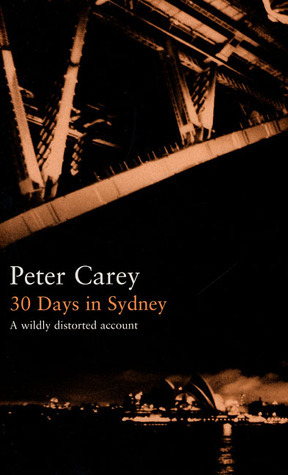What do you think?
Rate this book


212 pages, Hardcover
First published January 1, 2001

"I despair of being able to convey to any reader my own idea of the beauty of Sydney Harbour. I have seen nothing equal to it in the way of landlocked scenery, - nothing, second to it. Dublin Bay, the Bay of Spezia, New York and the Cove of Cork are all picturesquely fine. Bantry Bay, with the nooks of sea running up to Glengarrif, is very lovely. But they are not the equal of Sydney either in shape, in colour, or in variety. I have never seen Naples, or Rio Janeiro, or Lisbon; - but from the description and pictures I am led to think that none of them can possess such a world of loveliness of water as lies within Sydney Harbour."